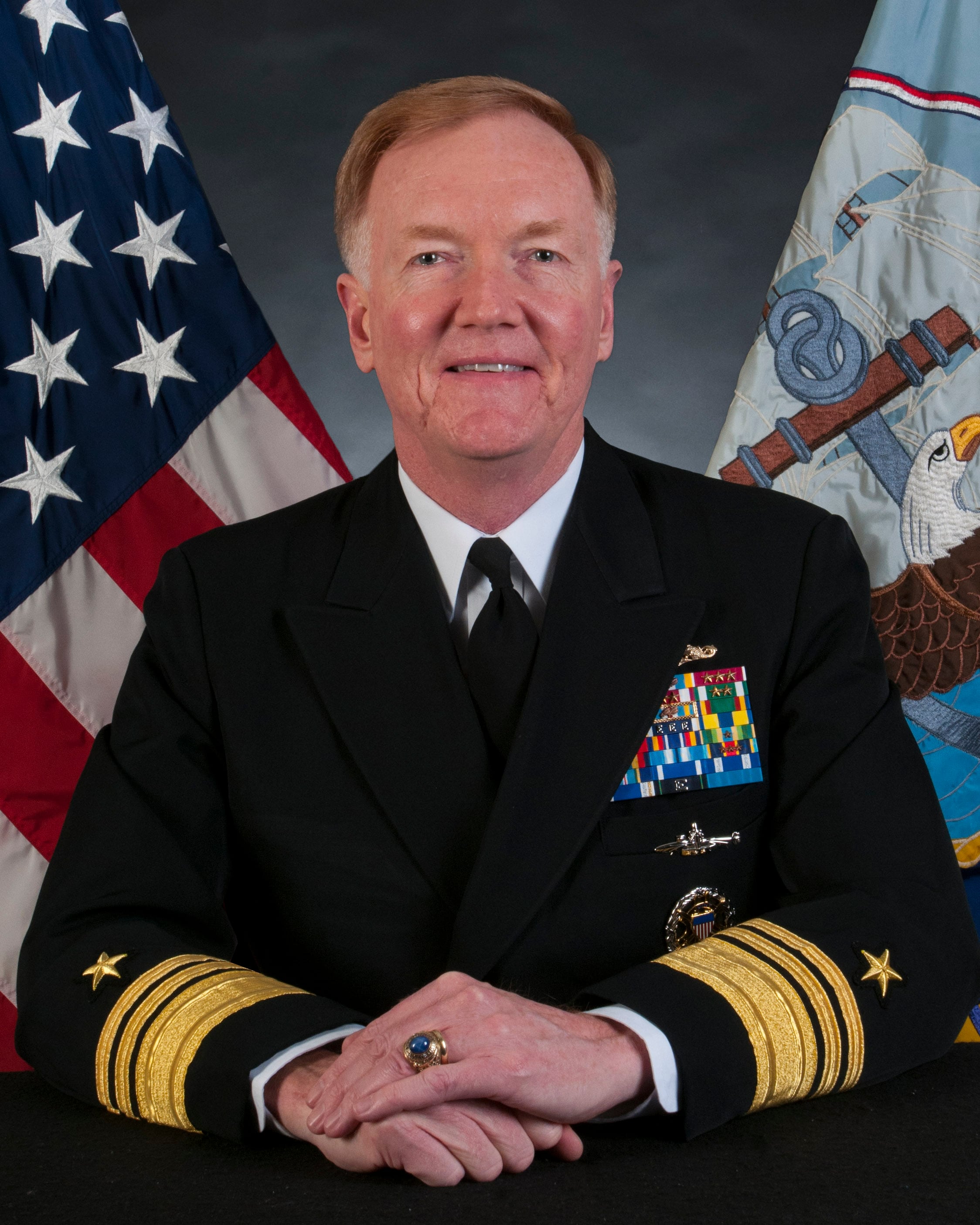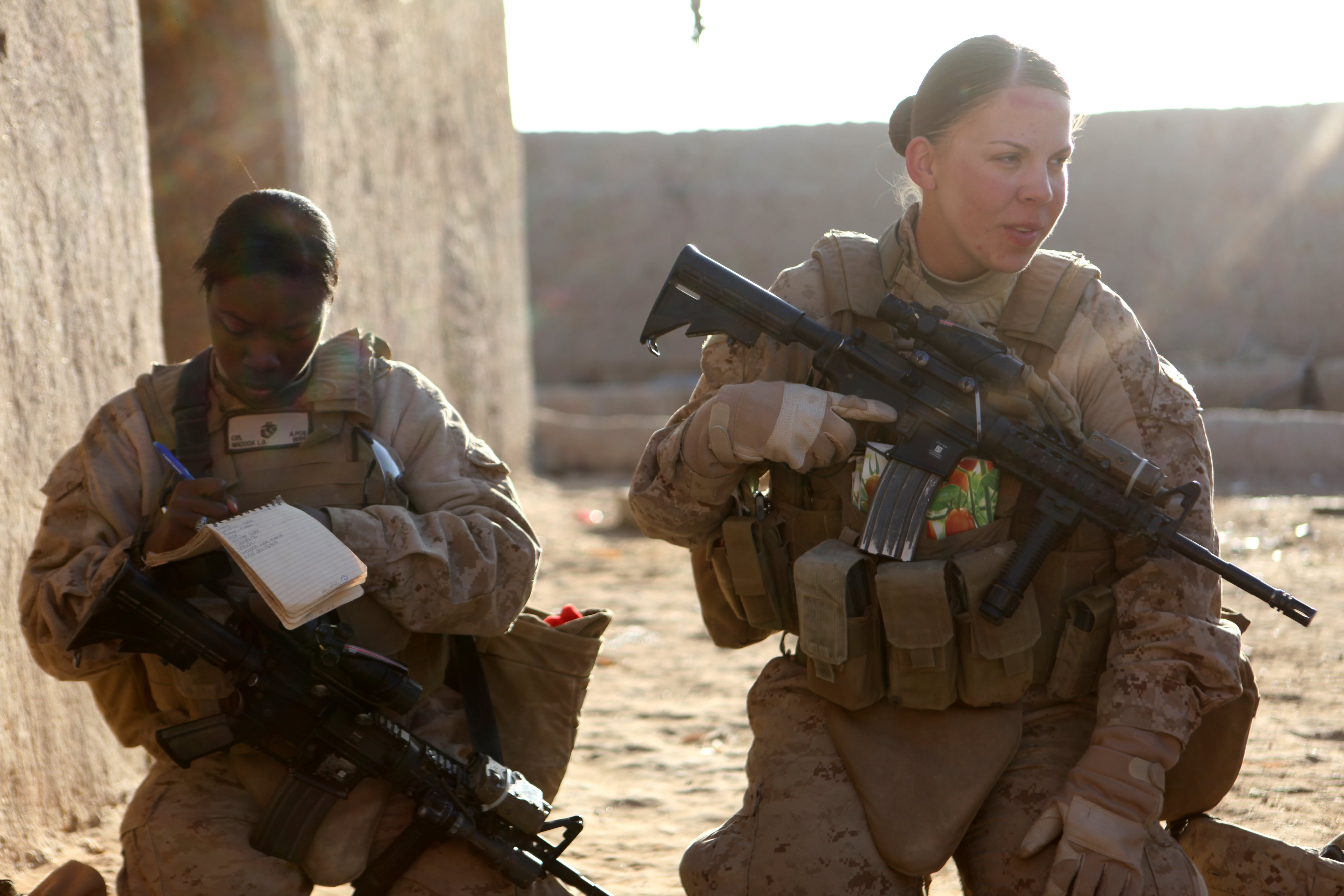The situation confronting the Naples, Italy-based 6th Fleet isn't pretty. Russian airplanes and warships are aggressively confronting U.S. and NATO forces after swallowing up a huge swatch of eastern Ukraine a year ago. And Islamic State militants are spreading chaos into more regions of North Africa. These threats have the Navy's commanders in Europe raising alarms. While the national strategy is pointing due east to Asia, and while the Middle East continues to suck up the fleet's resources, the Navy's commanders in Europe have been raising flags over the deteriorating security in and around Europe, with Russia threatening on almost all sides and persistent instability in North Africa.
"When you look at the security situation writ-large, at all the threats, there are significantly more as we exit 2015 and roll into 2016 at all points of the compass," said Vice Adm. James Foggo, head of the U.S. Sixth 6th Fleet, which directs the operations of controls ships, submarines and aircraft in Europe and swathes of Africa, in an exclusive interview with Navy Times.
The situation as laid out by Foggo isn't pretty: In the north, Russia is creating bases in the Arctic and is threatening NATO allies in the Baltic like Estonia, Latvia and Lithuania. To the east, Russia has continued to fuel support a war in Ukraine and has moved high-tech forces into the Black Sea, including a brand new attack submarine. To the south, the so-called Islamic State group has overrun taken over a large swathe of Libya and is threatening to plunge the failed state into further turmoil.
Foggo's boss, head of Naval Forces in Europe Adm. Mark Ferguson, warned saidin early October that Russia was constructing "an arc of steel" from the Arctic to the Baltic to Crimea in the Black Sea, putting in sophisticated capabilities that have all the markings of "a sea denial strategy aimed at NATO."
"They are signaling us and warning us that the maritime domain is contested space," Adm. Mark Ferguson, the head of Naval Forces Europe-Africa, said. "In statements in public they have talked of establishing permanent presence in the Mediterranean, and breaking out from their perceived military encirclement by NATO, economic sanctions and political isolation."
The rising increase in threats have prompted many observers to advocate for increasing U.S. carrier presence in the Mediterranean, a prospect that Foggo said he'd welcome but that he's not necessarily holding out for, given the demands on the Navy's resources.
"Right now, for peace-time steaming operations, we are balanced about right with the forces that we have," he said in an exclusive phone interview with Navy Times "Would I like to have an [amphibious ready group/Marine expeditionary unit]? You bet. Would I like to have more carrier presence here? You bet. The United States aircraft carrier and its five associated support ships are just phenomenal in their capabilities. But are there other theaters that need that capability? Yes."
Still, Foggo said, he and Ferguson have been trying to draw attention back to Europe.

Vice Adm. James Foggo, head of the 6th Fleet, would welcome a carrier presence in the Mediterranean.
Photo Credit: Navy
"If [more forces are] needed, you better believe that both Adm. Ferguson and I will ask," he said. "But we are raising the level of sensitivity, however, to what we see as increasing movement and forward-leaning operations of Russian forces. This is both on the surface and in the undersea domain."
Russia's subs have been steadily improving and that their presence must be a focus, Foggo said.
"The Russians have always fully funded their submarine capabilities and as they've evolved, they've become better," he said. "They've become quieter and more capable adversaries. So we need to watch that more carefully and we need to watch our presence in the undersea domain."
Ramping up
For sailors, it means that the waters around Europe, for many years seen as an R&R stop on the way to the Middle East, aren't quite as uncontestedsafe as they used to be. And when they deploy to the region it's apt to be ready for anythingsporting, Foggo said.
"So when a sailor gets underway, we may have a set mission: say, intelligence preparation of the environment in the eastern Mediterranean," Foggo said. "But you could be vectored off to do something different in a crisis — somewhere in the Black Sea, somewhere in the Adriatic or somewhere up North.
"It's a great training environment and it's a maturing experience for a sailor operating out here."
In September, the destroyer Carney arrived in Rota, Spain, which joins the Ross, Donald Cook and Porter as forward deployed ships based there. All four destroyers are armed with state-of-the-art missile defense systems and are the sea arm of the Obama administration's European ballistic missile shield; an Aegis Ashore installation is set to come online later this year in Deveselu, Romania. naval force.
The addition of the four destroyers in Europe has quintupled the size of the 6thSixth Fleet surface fleet, which previously only had the command ship Mount Whitney, homeported in Naples, Italy; ships on deployment in the region also report to 6th Fleet.
"It's a fantastic capability because we can keep two of those guys comfortably out to sea at any one time," Foggo said of the new destroyers. "I can send one up north, I can send one to the Eastern Med — I can be in hotspots in a matter of hours, not days, because we are in the theater."
That means Sailors can expect to contend with a more with a sophisticatedhigh-end adversary on the high seas, but it also means seeing more of the Navy's friends around, said Royal Navy Vice Adm. Peter Hudson, the outgoing head of NATO Maritime Command, in a Sept. 29 interview with Navy Times.
"What we are seeing is a much more confident, assertive and expeditionary Russian navy," Hudson said in a Sept. 29 phone interview. "And Operational activities in places like the Baltic and the Black Sea, Eastern Mediterranean, heading out across the Indian Ocean … gives an indication of the emphasis that Russia is putting on its military forces.
"So what does that mean for NATO? We'll go about our legitimate business to ensure the cohesiveness of the alliance … and we'll continue to go about the business of making sure that our unity of purpose — the strength of NATO as a collective defense organization — is suitably demonstrated."
In 2015, NATO increased its maritime exercises load by 35 percent, Hudson said, and those have focused on the kinds of skills allied navies will need to face an advanced opponentNavy like Russia's.
"Just two weeks ago we did an [anti-submarine warfare] training exercise in the central Mediterranean, and seven submarines, including a U.S. [attack submarine] and a great bunch of surface ships and [maritime patrol aircraft] doing complex submarine-on-submarine, surface ship-on-submarine and MPA-on-submarine undersea warfare exercises," he said. "So we're upping the ante, and I think that's welcomed by all the allies."
The four destroyers in Rota has given the whole alliance a boost, bringing advanced capabilities to the exercises.
"It allows us to drive a much more sophisticated exercise program when they participate," Hudson said. "We're always trying to build our capability to generate readiness, to help some of the smaller nations evolve their forces. The presence of those types of ships, regularly, in and around the Mediterranean is a great force multiplier for exercise design."
One thing is certain for sailors in when they get to the Med, Foggo said: "I can guarantee you one thing: life is always exciting here."
David B. Larter was the naval warfare reporter for Defense News.




